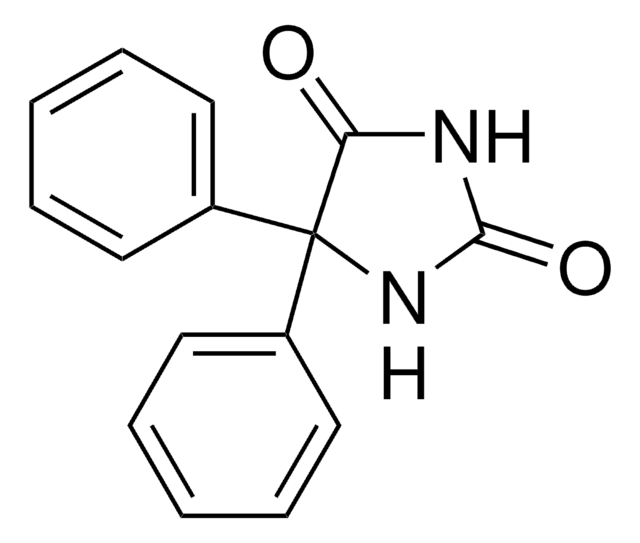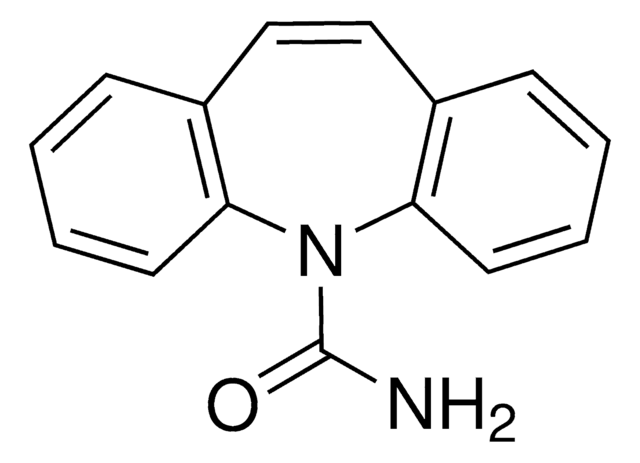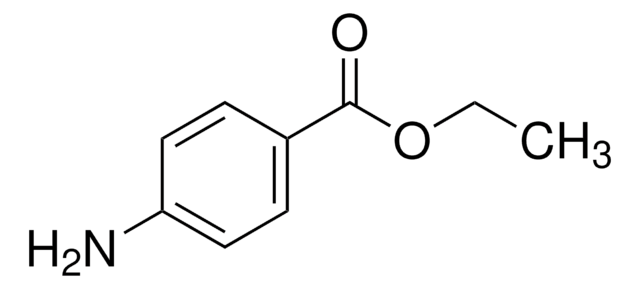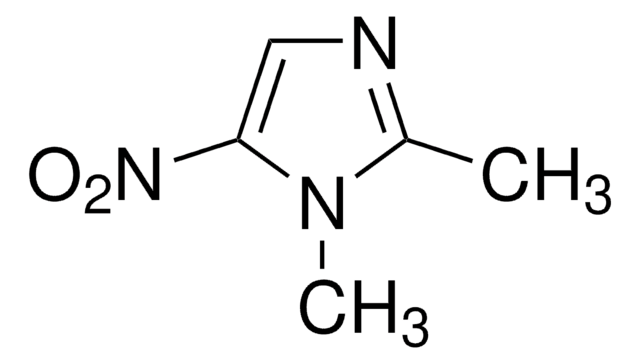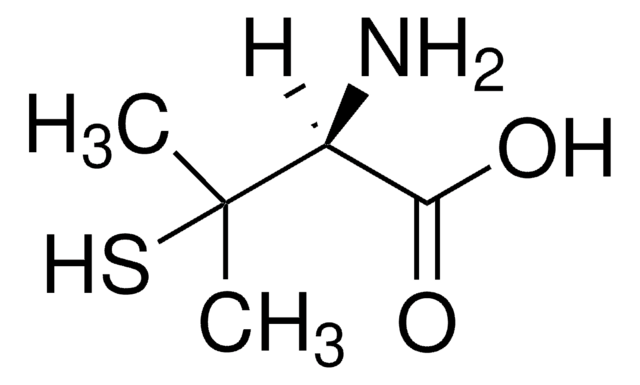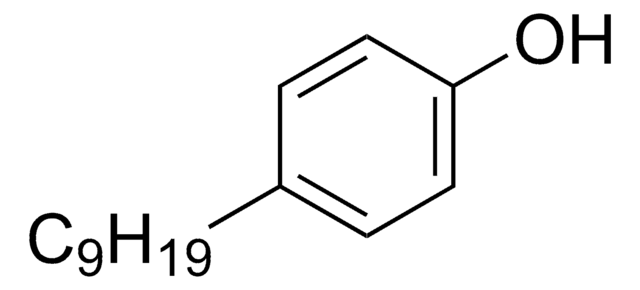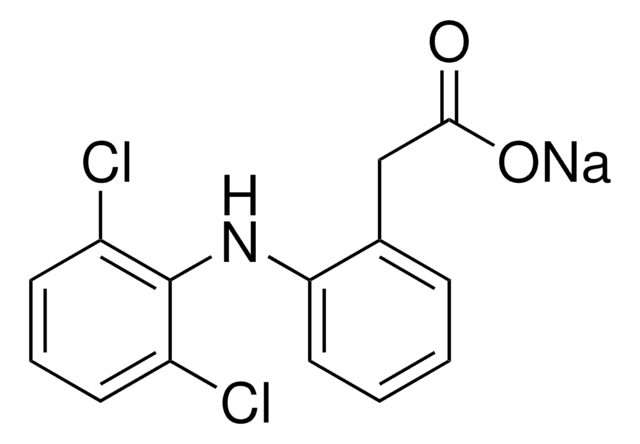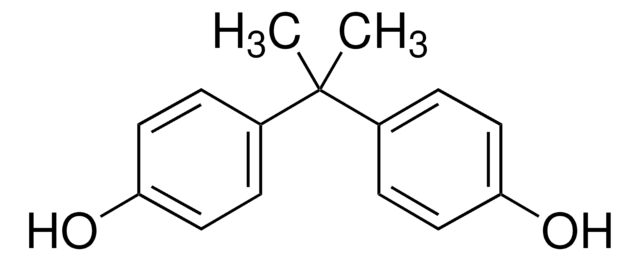D4505
5,5-Diphenylhydantoin sodium salt
≥99%
Synonym(s):
5,5-Diphenyl-2,4-imidazolidinedione, Phenytoin
About This Item
Recommended Products
Assay
≥99%
form
powder
solubility
aqueous base: soluble
SMILES string
[Na]N1C(=O)NC(C1=O)(c2ccccc2)c3ccccc3
InChI
1S/C15H12N2O2.Na/c18-13-15(17-14(19)16-13,11-7-3-1-4-8-11)12-9-5-2-6-10-12;/h1-10H,(H2,16,17,18,19);/q;+1/p-1
InChI key
FJPYVLNWWICYDW-UHFFFAOYSA-M
Gene Information
human ... CNR1(1268) , CNR2(1269) , CYP2C9(1559) , SCN10A(6336) , SCN11A(11280) , SCN1A(6323) , SCN2A(6326) , SCN3A(6328) , SCN4A(6329) , SCN5A(6331) , SCN7A(6332) , SCN8A(6334) , SCN9A(6335)
rat ... Faah(29347) , Scn1a(81574) , Scnn1g(24768) , Slc6a1(79212)
Looking for similar products? Visit Product Comparison Guide
General description
Application
- in the cream preparation for treating burn wounds
- in seizure behavior testing as an anticonvulsant in Drosophila
- in in vivo embryo toxicity test in mouse embryonic stem cells
Biochem/physiol Actions
Features and Benefits
Signal Word
Warning
Hazard Statements
Precautionary Statements
Hazard Classifications
Acute Tox. 4 Oral - Repr. 2 - Skin Sens. 1
Storage Class Code
11 - Combustible Solids
WGK
WGK 3
Flash Point(F)
Not applicable
Flash Point(C)
Not applicable
Personal Protective Equipment
Certificates of Analysis (COA)
Search for Certificates of Analysis (COA) by entering the products Lot/Batch Number. Lot and Batch Numbers can be found on a product’s label following the words ‘Lot’ or ‘Batch’.
Already Own This Product?
Find documentation for the products that you have recently purchased in the Document Library.
Customers Also Viewed
Related Content
Discover Bioactive Small Molecules for ADME/Tox
Our team of scientists has experience in all areas of research including Life Science, Material Science, Chemical Synthesis, Chromatography, Analytical and many others.
Contact Technical Service
